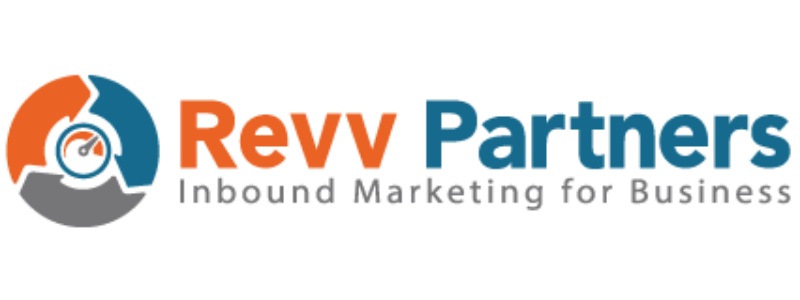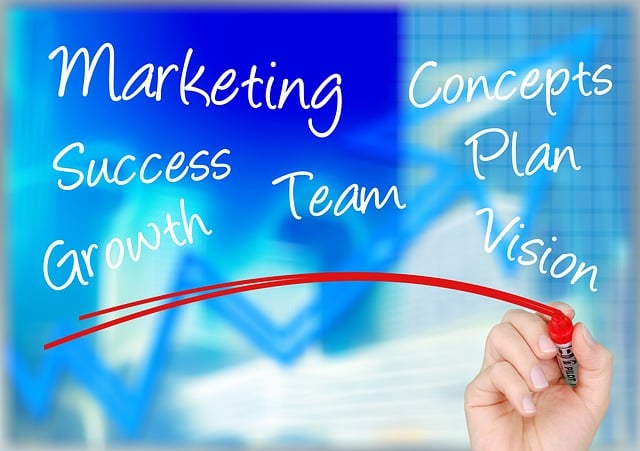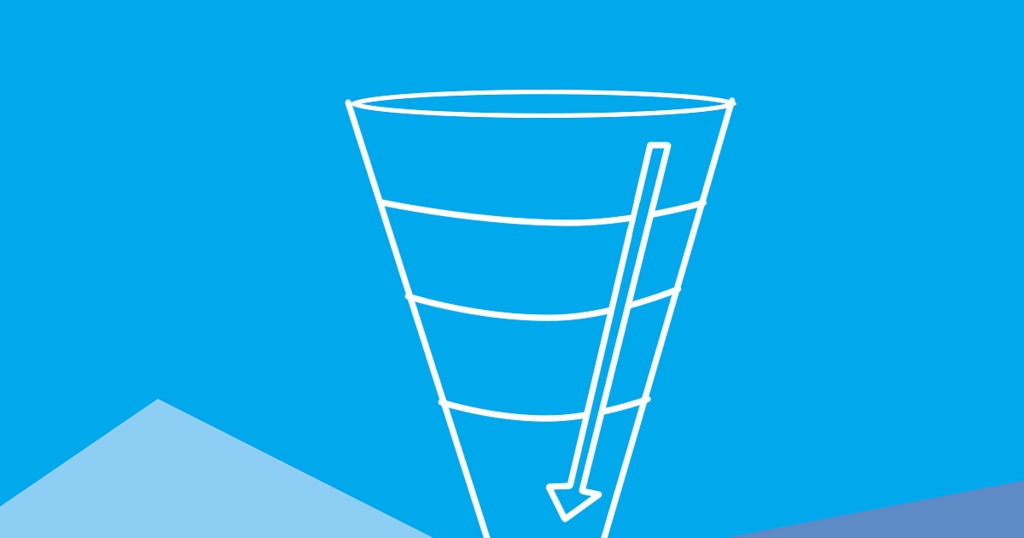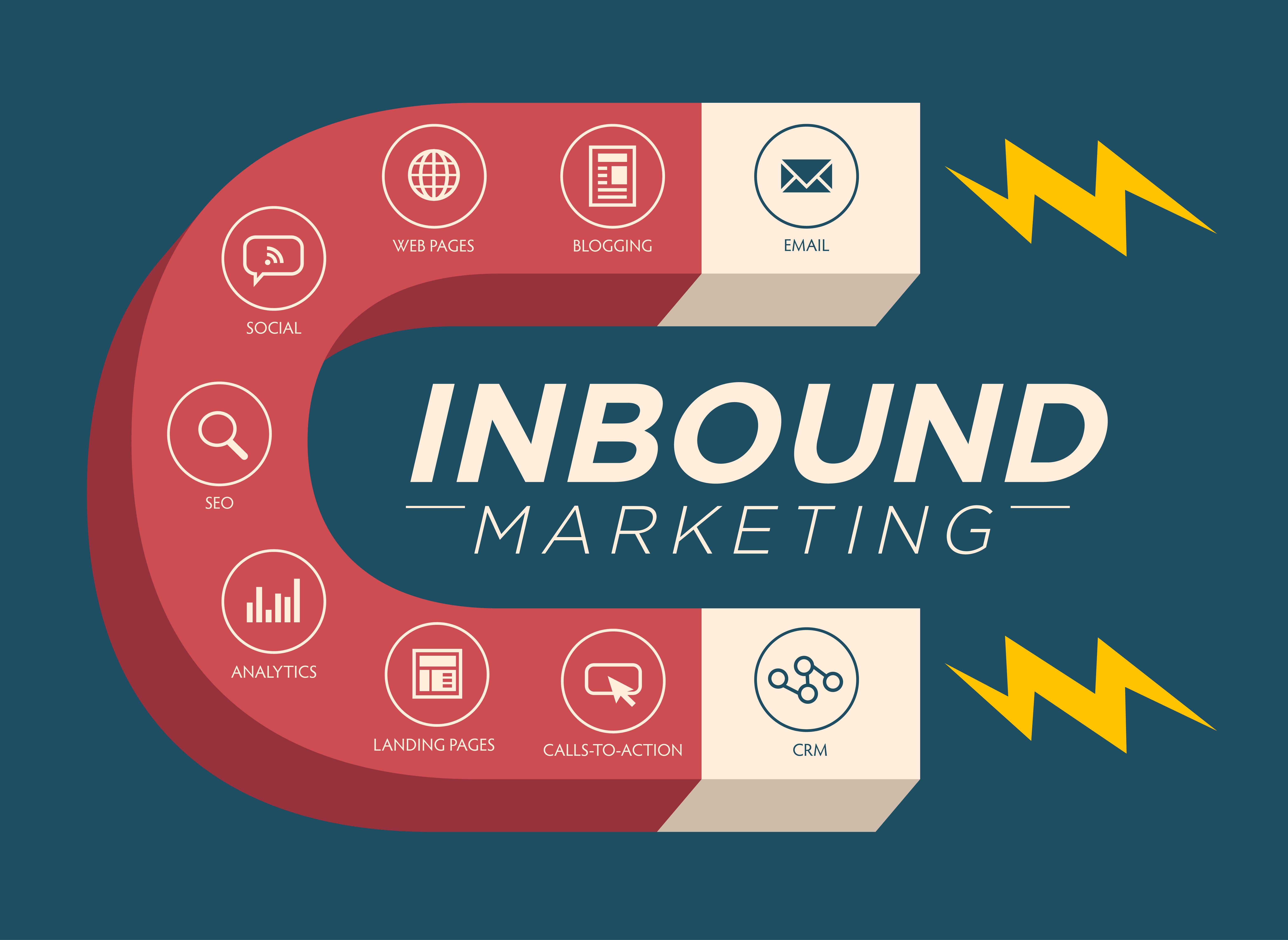It's the start of Q4, and that means it's time to take stock of where you're at compared with where you planned to be. This inevitably leads to some strategizing on the inbound marketing front so you can get in prime position in 2017.
8 Inbound Marketing Planning Checkpoints
Let this 8 Point Inbound Gut-Check guide the way towards a more objective-based and targeted approach to inbound marketing planning.
- Website Design. Do you love it? Does it accurately reflect your brand while corresponding with best inbound marketing practices? The harsh reality is that website visitors and prospects do judge a book by it's cover. Eye-tracking research conducted at Missouri University of Science and Technology proved that visitors only need about 2.6 seconds to form an opinion after your site loads, and to determine whether or not the page contains what they're looking for. If your website and landing pages don't make a good impression, odds are visitors are bouncing to one of your competitors. If bounce rates seem high, a responsive website redesign should be a top priority for 2017.
- Blogging Habits. Are you blogging regularly? Blogging matters. Regular, high-quality and informative blogs bring customers to your website. They develop brand recognition, educate readers and establish you as an authority in your industry. Those are key components when nurturing visitors into qualified leads, and then into sales. Active blogs are critical if you want web crawlers to notice you, so use a quarterly calendar to schedule timely and relevant blog posts.
- Social Habits. Like blogging, social media posts should be a frequent activity, both promoting content and offers as well as engaging your audience. Also, make sure you respond to all reviews, positive and especially negative.
- SEO. Are you playing by outdated SEO rules? Keywords and phrases still matter, but they don't drive SEO like they used to. This is the era of organic content - lots of it. If you aren't ranking in SERPs for key products/services terms it's time to figure out what's going on. Are you actively working keyword strategies? Do you have an SEO plan of attack? Focus on a plan that targets phrases your prospects use at different stages of the buying cycle.
- Prospect Database. First, make sure you have a detailed idea of who ideal prospects are. Then, segment those by persona as well as their position in the funnel. Make sure you are nurturing the database accordingly.
- Email Marketing. At the very least, you should be sending out quarterly eNewsletters, segmented accordingly. Never buy email lists - you're more likely to be spammed than appreciated. Email lists should be grown organically by creating amazing email content, using opt-in only strategies, allowing prospects to select email preferences and including enough "share" buttons and "email to a friend" options so content can be broadcast beyond your immediate circles.
- Content Assets. Do you offer both short- and long-form content prospects will find relevant and useful, or do you mostly talk about yourself? Complete a site audit and see what assets you offer. Do they represent each stage of the buyer's cycle? Would they compel you? Content must be helpful, informative and/or solutions-oriented. Both gated and long-format content should be resourceful. Promote assets like crazy to increase your email database.
- Data & Analytics. The success of all-of-the above is measurable via data and analytics. You should note current benchmarks, set short- and long-term goals, and use key performance indicators (KPIs) to gauge real-time performance. When you understand the numbers, you can adjust your strategies and/or modify tactics as needed.
Use Q4 to begin planning your future inbound marketing strategies. You'll finish the year with a clear line of sight for future growth in 2017.





